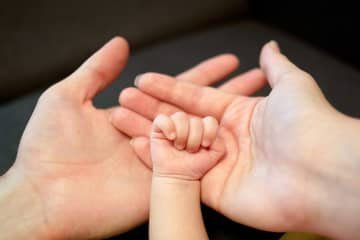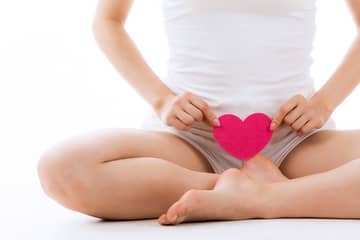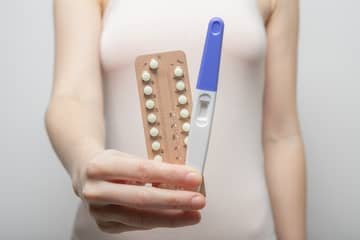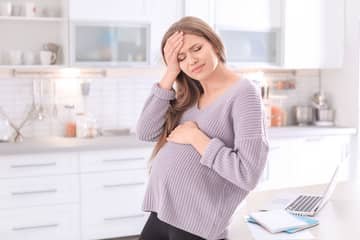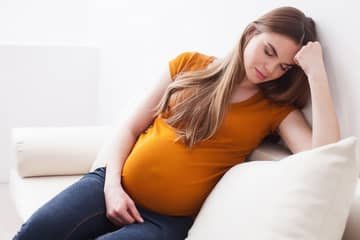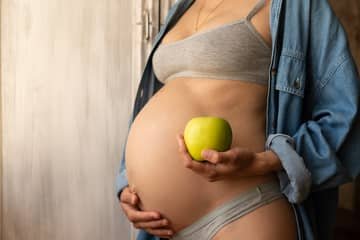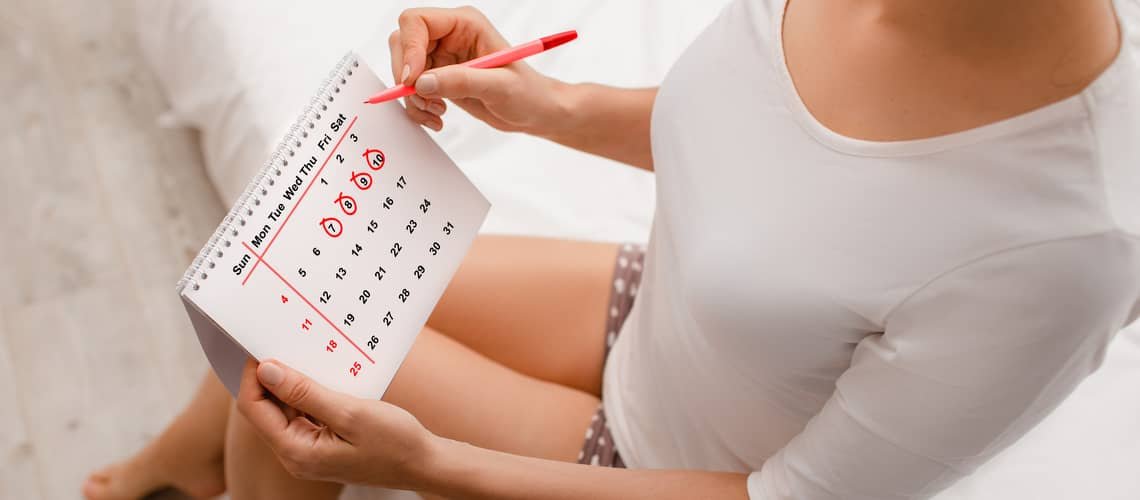
Ovulation - symptoms and calculation after menstruation. When is it painful?
The menstrual cycle of a healthy woman consists of four phases. Menstrual, follicular, ovulatory and luteal. In terms of meaning, most women perceive primarily the menstrual phase, which is manifested by bloody discharge from the vagina. However, the ovulatory phase is enormously important from the point of view of a woman's fertility and the chance of pregnancy. During this phase of the cycle, the woman has actual fertile days, which she can approximately calculate. At the same time, in this phase, ovulation is manifested by certain typical symptoms. If sexual intercourse is performed during ovulation, or shortly before or after it, partners have the highest chance of conceiving a child. What are the symptoms of ovulation? Can a woman have discharge during ovulation? Why does a woman feel pain during ovulation? How long does ovulation last?
Many women ask how they know when ovulation is, or when does it take place with them? The reason why they are interested in this question is that ovulation represents a kind of fertility window during a woman's menstrual cycle, during which there is the greatest probability that the egg will be successfully fertilized by sperm. It should be noted that every woman's organism has its own specifics and there are several signs that a woman is ovulating. However, their intensity or recognition may differ for each woman. Individual symptoms are caused by an increase in the level of the genitals, therefore it can be assumed that a woman will observe certain physiological and psychological symptoms on her body. You will learn everything important about ovulation in the following lines.
What is ovulation and how long does it last?
Ovulation itself is part of the ovulation phase of the menstrual cycle. This is a limited period of time during which a mature female egg is released from the ovary into the fallopian tubes, through which it subsequently travels. It is precisely in this time horizon that there is the highest probability that if the egg meets the male's dominant sperm, successful fusion and fertilization can occur. The ovulation phase is preceded by the follicular phase, which follows the menstrual phase. In the follicular phase of the cycle, the level of sex hormones increases. It lasts approximately 6 days. The level of hormones subsequently peaks in the ovulatory phase.
Ovulation usually occurs only once during the menstrual cycle and only exceptionally, several eggs may be released (note that in this case there is a high probability that if both eggs are fertilized, the woman will be pregnant with twins). The lifespan of an egg after expulsion is on the order of hours or tens of hours. It can be more or less different for each woman. Fertilization can usually occur 12 to 24 hours (the duration of ovulation) after the mature egg is released from the follicle, when the egg is most capable of being fertilized. Some sources state that ovulation can take 24 to 48 hours.
That is why the days around this phase are called fertile days. This fertile window lasts about 6 days in the case of a regular 28-day cycle - this is when it is best for partners to try to conceive. Considering the lifespan of sperm in a woman's body, which is 3 to 7 days, it is possible to try to conceive approximately 4 to 5 days before ovulation and 2 to 4 days after it. During ovulation, there are significant changes in the levels of the genital organs. During this phase, there are high levels of estrogens and genital FSH and LH in the woman's body, which create very favorable conditions for fertilization, successful implantation in the uterus and subsequent pregnancy. During ovulation, the level of sex hormones is so high that a woman's libido is at its maximum.
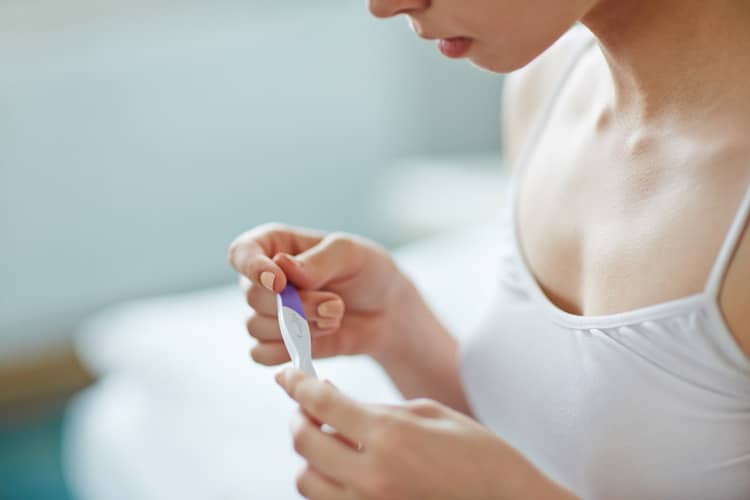
A woman does not always ovulate. There are also menstrual cycles that are referred to as anovulatory. In such a case, a situation occurs in which maturation and release of the egg from one or the other ovary does not occur. If such a cycle occurs, the woman has no chance of becoming pregnant. Most often, such a cycle appears in women who have irregular menstrual cycles, lack of bleeding or abnormalities in the hormonal field. Anovulatory cycles are typical for puberty and menopause. However, anovulation can also be caused by ovarian failure. If you feel that you are not ovulating repeatedly, are significantly delayed or irregular, contact your gynecologist. The reasons for delaying or missing ovulation can be different.
When is ovulation after menstruation?
Within the standard 28-day menstrual cycle, ovulation occurs approximately on the 14th day. However, this is only an average, because not every woman has an exemplary and regular 28-day cycle. A regular cycle is considered to be one with an average length of 28 days with a deviation of 3 to 5 days. A cycle with a minimum duration of 21 days and a maximum duration of 35 days is considered a physiologically regular cycle. In general, it can be said that ovulation occurs approximately in the middle of the cycle, which can be 12 to 16 days before the start of the next period.
In practice, the reality is that a woman ovulates on a different day in each menstrual cycle. Depending on the regularity of the cycle and its length, the so-called early ovulation, approximately on the 7th to 10th day of the cycle. However, early ovulation may not indicate any problem and may be related to the natural characteristics of a woman's menstrual cycle.
If you are wondering when ovulation occurs after menstruation, it will usually be between the 12th and 16th day. However, this does not apply to fertile days, during which you should try to conceive if your goal is to get pregnant. Fertile days after menstruation are approximately 7-8 days after the last period. Due to the viability of sperm for 3 to 7 days, it is possible to practice sexual intercourse calmly 3 days before ovulation, while the sperm in the woman's body can fertilize the released egg at the very moment when it is expelled from the ovary at the time of ovulation.
When will the first ovulation occur after childbirth? A woman's first period occurs approximately 5 to 6 weeks after giving birth. It is usually in women who are not breastfeeding. Thus, the first ovulation within the menstrual cycle can occur approximately 3 to 4 weeks after childbirth. In women who breastfeed, an anovulatory cycle often appears after six weeks, that is, ovulation does not occur and a regular cycle may not occur during the entire period of breastfeeding.
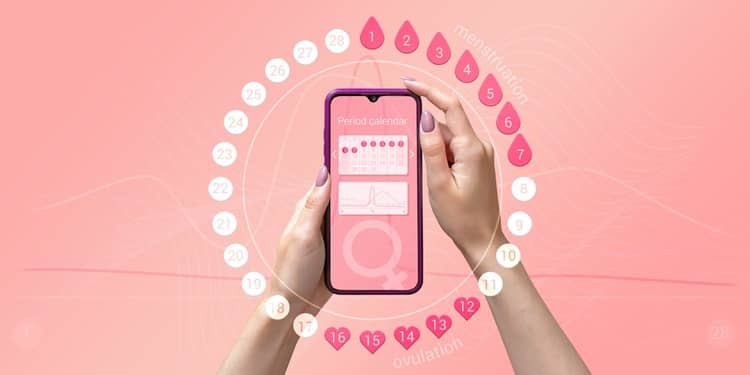
Ovulation - symptoms
Many women turn to doctors or more experienced women with the question of whether ovulation can be felt or not. how they can find out that ovulation is coming. The fact is that some women do not feel the symptoms of ovulation and do not even notice significant changes in their organism. Alternatively, the perception of these symptoms changes, and while up to a certain age the symptoms were not intensively manifested at a certain point, their onset may be more pronounced. Some symptoms are typical for ovulation itself, which are caused by hormonal changes in the body. Many women perceive them more or less intensively.
- Increased production of vaginal mucus,
- slight bleeding - spotting,
- breast pain and sensitive nipples,
- mild lower abdominal pain or cramping,
- increased basal temperature,
- increase in sexual appetite,
- feeling more attractive to men,
- more sensitive sense of smell,
- bloating.
Discharge during ovulation - bleeding and spotting
A typical symptom of the arrival of ovulation or its progress is the secretion of mucus from the cervix. Shortly before ovulation, the mucus is liquid and sticky. It is colorless or transparent. During ovulation, the discharge is also watery, white and resembles egg white in consistency. Towards the end of ovulation, the mucus thickens. This discharge serves the sperms to have better conditions and a hospitable environment during their efforts to merge with the egg. Mucus production during ovulation is thus completely normal. There is a percentage of women who do not notice mucus production, because there is not that much of it. However, it doesn't have to be ovulation without mucus, it's just that the discharge is weaker.
Bleeding or spotting during ovulation is also an accompanying symptom in some women. It only occurs in about 5% of women and lasts only 1 to 3 days. Compared to menstruation, the discharge is many times weaker. The color of discharge during ovulation can be clear, pink or bright red. Pink discharge or light red discharge means that mucus has mixed with blood. The reason why bleeding occurs during ovulation is not entirely clear, but it is most likely due to hormonal changes. If the discharge is brown, it can be a sign of infection, inflammation or another disease of the ovaries (polycystic ovary syndrome or cervical cancer). The discharge should ideally be clear or light pink.
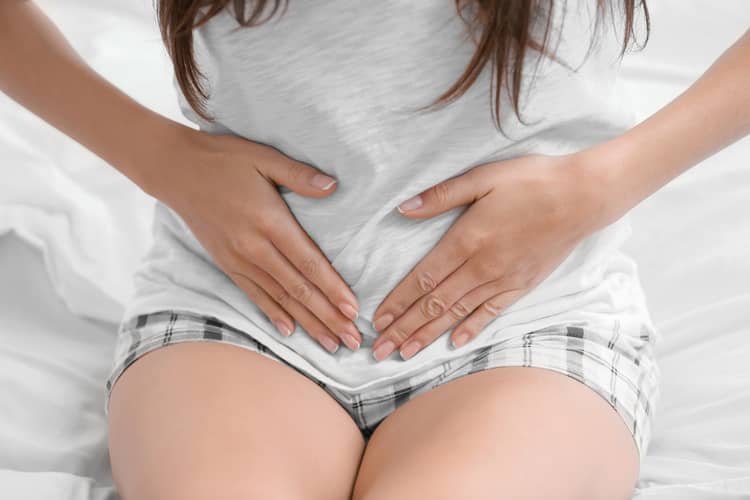
Painful ovulation - pain in the breasts and lower abdomen
Pain during ovulation itself is relatively common in women. However, it is quite uncomfortable for many women. The reason for pain is that the sensitivity of the body is higher due to hormones. The most unpleasant for a woman are pains in the lower abdomen - ovarian pain on one side. It is usually a moderately severe stabbing pain. Some women describe it as cramps or short twitches - pricks in the lower abdomen. This pain usually lasts 1 to 2 days and usually appears shortly before or after ovulation. It is caused by the rupture of the follicle and the release of the egg from the ovary. The pain can be localized depending on whether the egg is released from the right or left ovary.
Ovulation does not have to be painful regularly. While last month you felt severe pain, this month it may be painless and you will only notice other symptoms. Among the pains, breast pain during ovulation and increased sensitivity of the nipples are also typical.
Calculation of ovulation and fertile days
There are several methods of calculating fertile days and determining the date of ovulation. An ovulation calendar is the best way to calculate fertile days and determine the exact date of ovulation. Thanks to it, a woman can get to know her own menstrual cycle perfectly. Although the ovulation calendar is only indicative, it can approximately determine fertile days and also the day of ovulation. First of all, a woman must know the length of her menstrual cycle. Subsequently, it is important for the woman to monitor the symptoms typical for the individual phases of the cycle. Every woman is different and despite the fact that ovulation should occur in the middle of the cycle, it is only a population average (14th day), which is not exact for the given case.
The ovulation calendar will not only help a woman determine fertile days and the approximate date of ovulation, but also allow a woman to identify symptoms that are typical for her ovulation (vaginal mucus production, spotting, breast pain, increase in sexual appetite, etc.). Ovulation tests, Jonas method or measuring the basal temperature, which increases during ovulation, can be helpful. Ovulation calculators are available that calculate the approximate date of ovulation. A doctor can also determine the exact time of ovulation on the basis of folliculometry, which is an ultrasound examination that monitors the growth of follicles, from which the egg is subsequently released. It is advisable to use several methods that will help you determine when is the most suitable time for sexual intercourse with the intention of conceiving a child.
Ovulation symptoms - experiences
In connection with the symptoms, women most often ask about what other women experience. Several women agree on painful ovaries and also sensitive breasts. In the lower abdomen, they feel fine spasms or more intense stings. Also, the discussants usually state that there is a noticeably present mucous discharge, while its intensity changes from month to month. Several women associate its amount with how painful ovulation is. Some female contributors solve the problem of determining ovulation due to irregular menstruation. One of the women also stated that she does not experience ovulation symptoms every month. Several women also agree that measuring the basal temperature helped them to determine the date of ovulation, because they did not experience any symptoms for a long time.
The most frequent questions - FAQ
Do you know what ovulation is and why it is so important in a woman's reproductive cycle? Every woman should know how her reproductive cycle, menstruation, ovarian cycle works and why the proper functioning of these processes is so important. In our article, you will read the most important things about how ovulation occurs and also what symptoms it brings. Is painful ovulation a normal symptom? Is spotting during ovulation normal? What symptoms do you have during ovulation? We will be happy if you share your experience with other women. All you have to do is join the discussion under the article, where you can comment without registration.
How long does ovulation last?
When is ovulation after menstruation?
Can I have breast pain during ovulation?
Is it possible to ovulate in menopause?
Can ovulation occur without menstruation?
Pridať komentár

